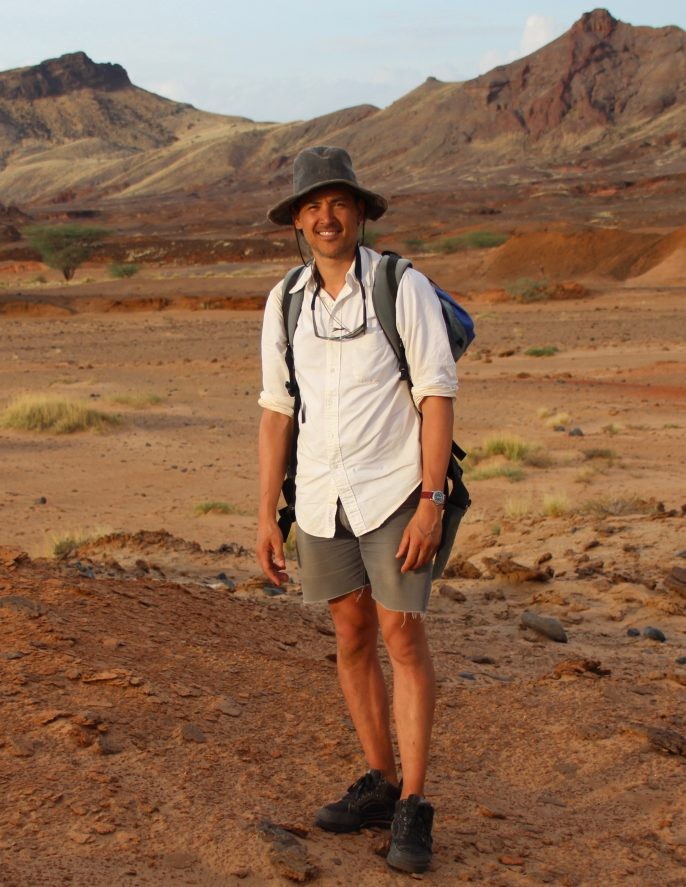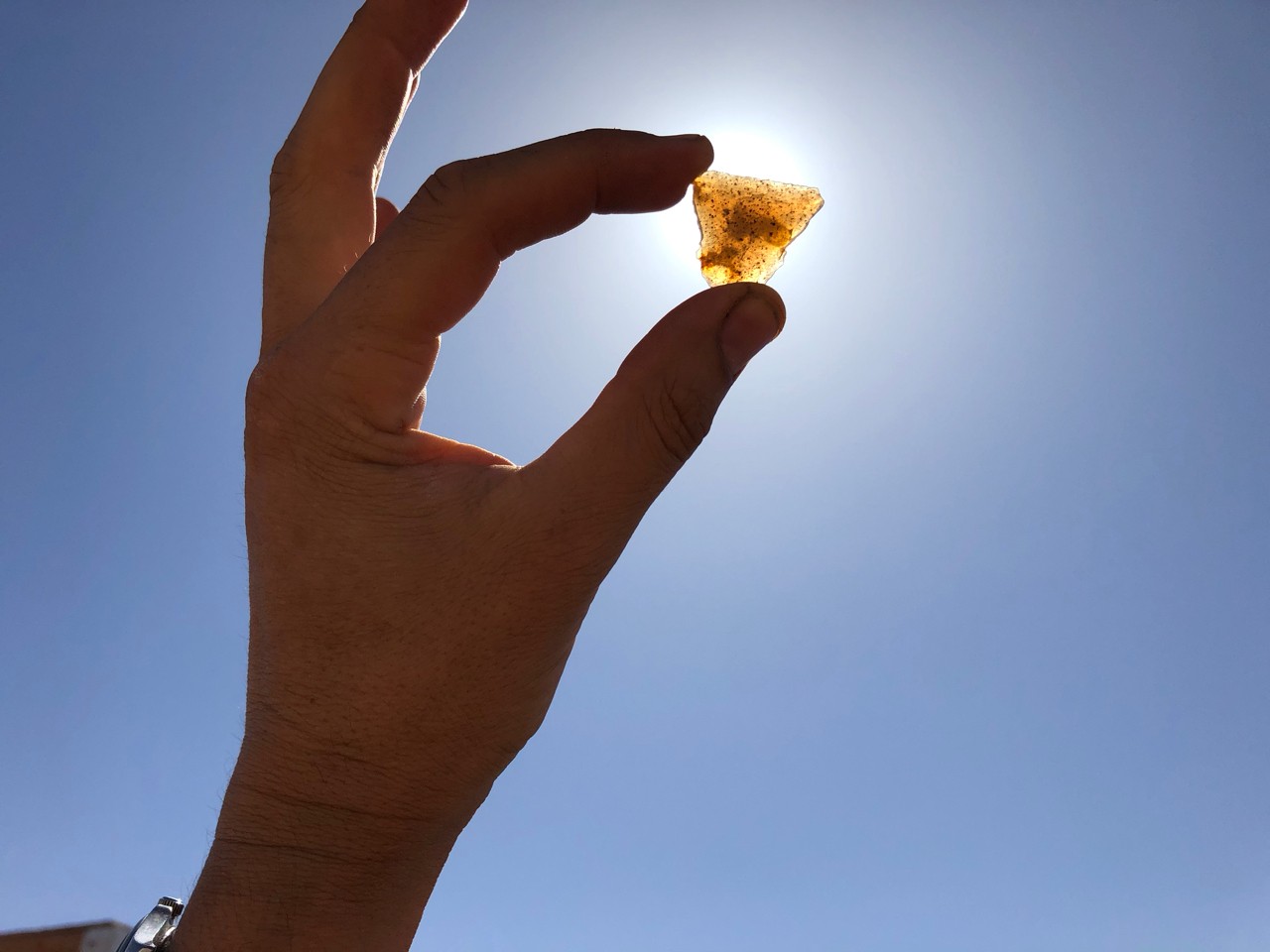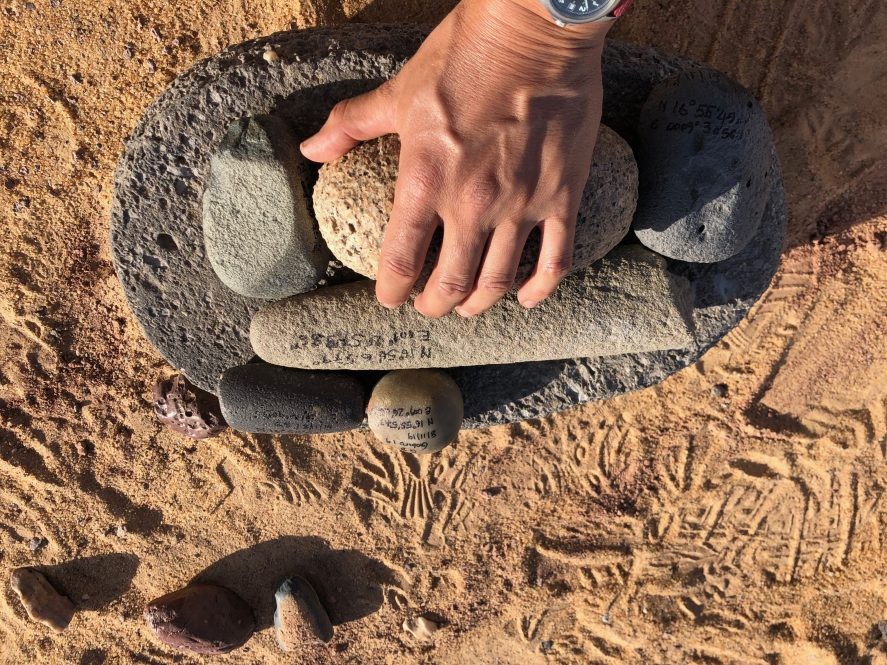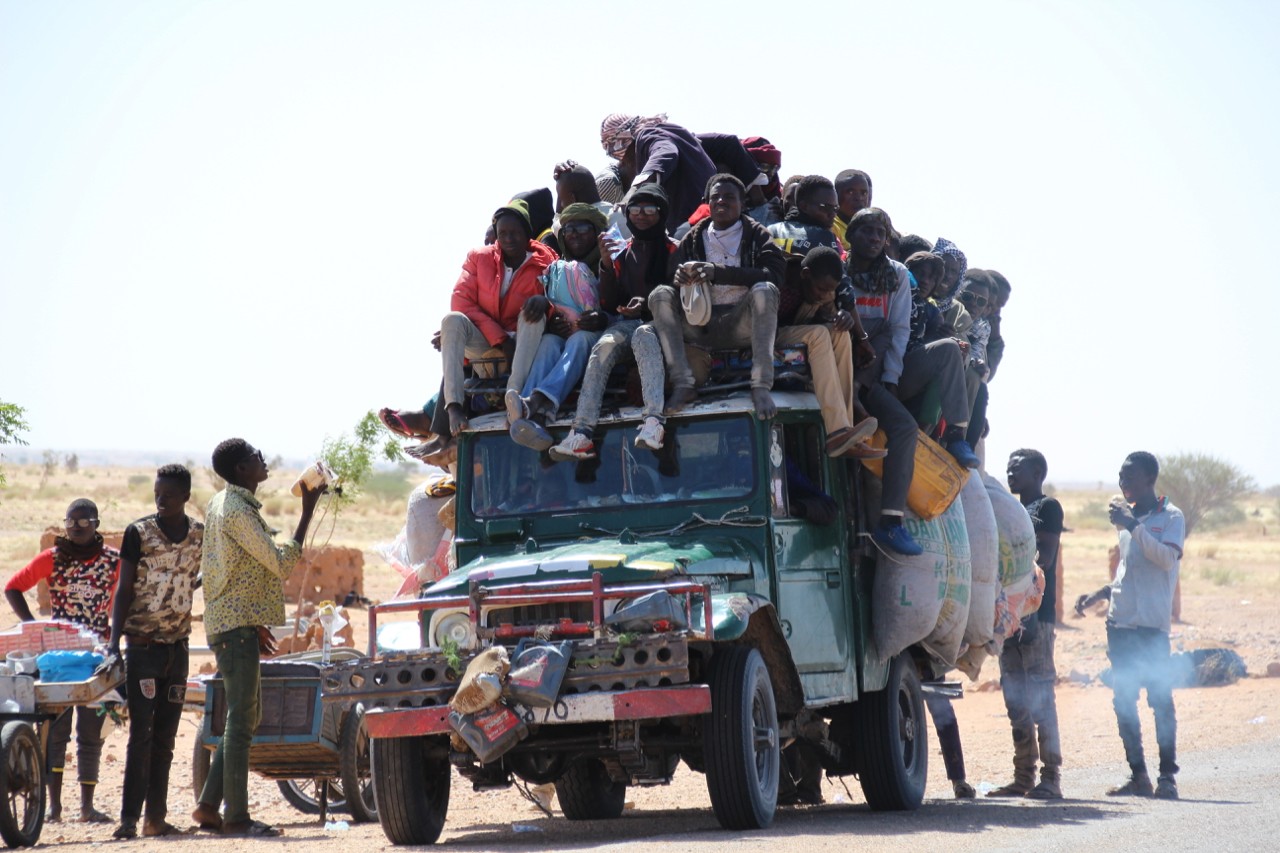Center for Climate and Life Fellow Kevin Uno studies how abrupt changes in climate affected Neolithic human settlement, diet, and abandonment in northwest Africa.

Kevin Uno is a paleoclimatologist and Lamont Assistant Research Professor at Lamont-Doherty Earth Observatory who studies the role climate change plays in human population dynamics and migration.
Uno was named a Center for Climate and Life Fellow in 2019. He received funding to examine how abrupt changes in climate affected Neolithic human settlement, diet, and abandonment in northwest Africa.
Uno’s project involves fieldwork at Gobero, an archeological site in Niger located in a small lake basin between the Niger River and Lake Chad. His work will reconstruct the climate conditions that led to the occupation and abandonment of the site and shed light on how different subsistence lifestyles influenced human resilience to climate change.

What’s the focus of your research?
My research focuses on understanding the role of climate and environmental change on humans over evolutionary timescales, reaching back over the last five million years or so. I develop records of dietary, vegetation, and rainfall changes in past ecosystems to better understand if and how evolutionary changes, such as the increase in human brain size or changes in our ancestors’ diets were influenced by environmental changes. One example of this: I recently measured carbon isotopes in hominin teeth to compare the dietary history of our genus, Homo, with other hominins over the last four million years. It turns out our ancestors’ diets took off on a different trajectory from other hominins starting about 2.5 million years ago.
What’s the problem you’re trying to address with your Climate and Life funding?
The Climate and Life Fellowship is allowing me to take my research in a new but related direction to my previous research. One thing we don’t know is how humans in different parts of the world will adapt to climate change. As an Earth scientist and paleoclimatologist, I look to the past to understand how climate change has affected human populations. For my Climate and Life project, I am studying how climate change affected humans and animals at a relatively recent archeological site in Niger, located in the middle of the Sahara Desert. The site, called Gobero, was occupied from about ~10,000 to 3,000 years ago, during the African Humid Period. During that time, there was a lake at Gobero and we think most of the people there were fishing and living along its shore.
What do you find most exciting about the project?
The site of Gobero is the oldest known cemetery in the Sahara, so by far, the most remarkable thing about the site is the rich record of human occupation. Hundreds of burials have been discovered to date. This will allow me to reconstruct the diets and lifeways of the Gobero inhabitants. Our data show that they must have endured major climate fluctuations over decadal to centennial timescales, at times causing them to abandon the site. Seeing their response to climate changes during the African Humid Period will provide new information about how populations in this region responded to major climate shifts in the past.
Image Carousel with 3 slides
A carousel is a rotating set of images. Use the previous and next buttons to change the displayed slide
-
Slide 1: A petroglyph on the way to Gobero. Rock art from the African Humid Period is common across the Sahara. (Photo: Kevin Uno)
-
Slide 2: A rare, translucent cryptocrystalline quartz flake from a stone tool at Gobero. (Photo: Kevin Uno)
-
Slide 3: Stone tools collected at Gobero. Most were used for processing seeds and other food sources. (Photo: Kevin Uno)

A petroglyph on the way to Gobero. Rock art from the African Humid Period is common across the Sahara. (Photo: Kevin Uno)

A rare, translucent cryptocrystalline quartz flake from a stone tool at Gobero. (Photo: Kevin Uno)

Stone tools collected at Gobero. Most were used for processing seeds and other food sources. (Photo: Kevin Uno)
How might this project advance understanding of the challenges posed by climate change?
The challenges posed by climate change are immense and they are incredibly variable depending on where you are on the planet. The climate and landscape at Gobero during the African Humid Period were probably similar to much of the Sahel region and parts of Sub-Saharan Africa today, where today over 200 million people live and largely survive through subsistence farming tied to the annual rains. I hope we can better understand how human populations in the Sahel and Sub-Saharan Africa have responded to shifts in mean climate state in the past to help scientists and policymakers plan for the future. Major challenges in the region today include desertification and soil degradation due to agricultural practices and overgrazing. On top of this, the region faces rapid population growth, little access to education, and high rates of violence. All of these challenges are exacerbated by climate change, which directly affects food security.
When it comes to finding solutions to climate change, what gives you hope?
I find it hard to be hopeful about climate change sometimes. I’m currently homebound in New York City amidst the coronavirus outbreak that is ravaging my city and country. What has given me hope in this situation is the generosity, compassion, ingenuity, and actions of individuals to address the pandemic. The collective efforts here are making a difference. On the other hand, I am disappointed with the federal government’s response and handling of the situation. In thinking about our response to climate change, I am similarly encouraged and hopeful when I see what individuals, research teams, and some in the private sector are doing to solve the problem, but similarly dissatisfied with our government’s response. My hope is that the people’s voice prevails so that we can build a government that along with the people, will work to solve this universal and immediate problem.
What’s a good source of information for people who want to learn more about climate change?
The April issue of National Geographic celebrates the 50th anniversary of Earth Day. It’s a cleverly designed issue that has two covers. On one side the cover and content give the optimist’s view on what we’ve done to address climate change and where we are headed. Flip the issue over and you get the pessimist’s view. My son picked it up immediately and together we’ve been pouring over it from both sides. While there are numerous websites you can go to, I find this milestone issue of National Geographic, which gives two views of the climate change story as it unfolds, a wonderful way to look at the problem. Which way will humanity decide to go?

